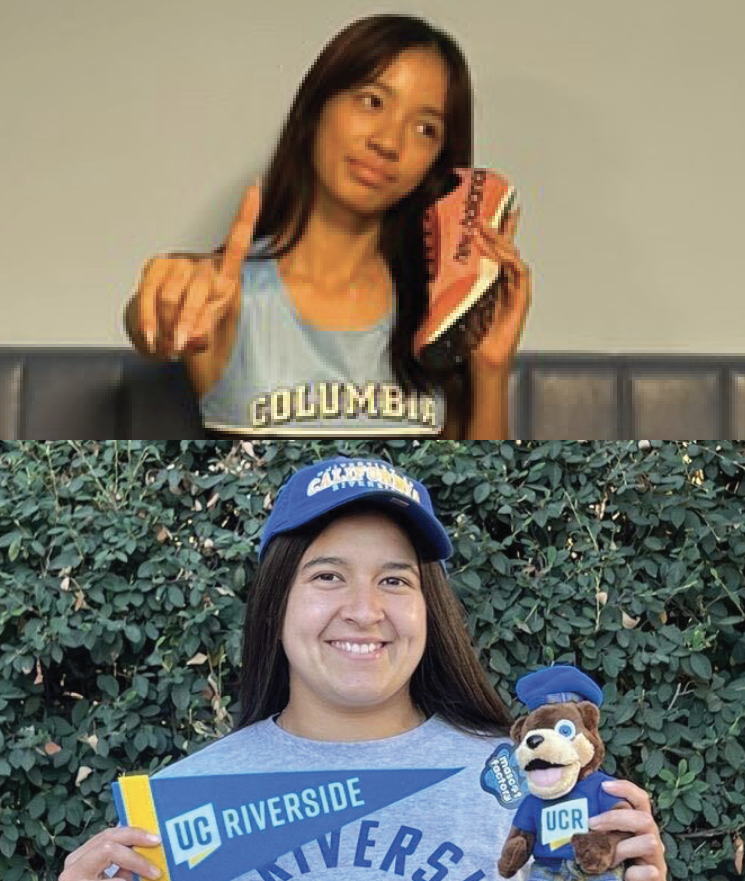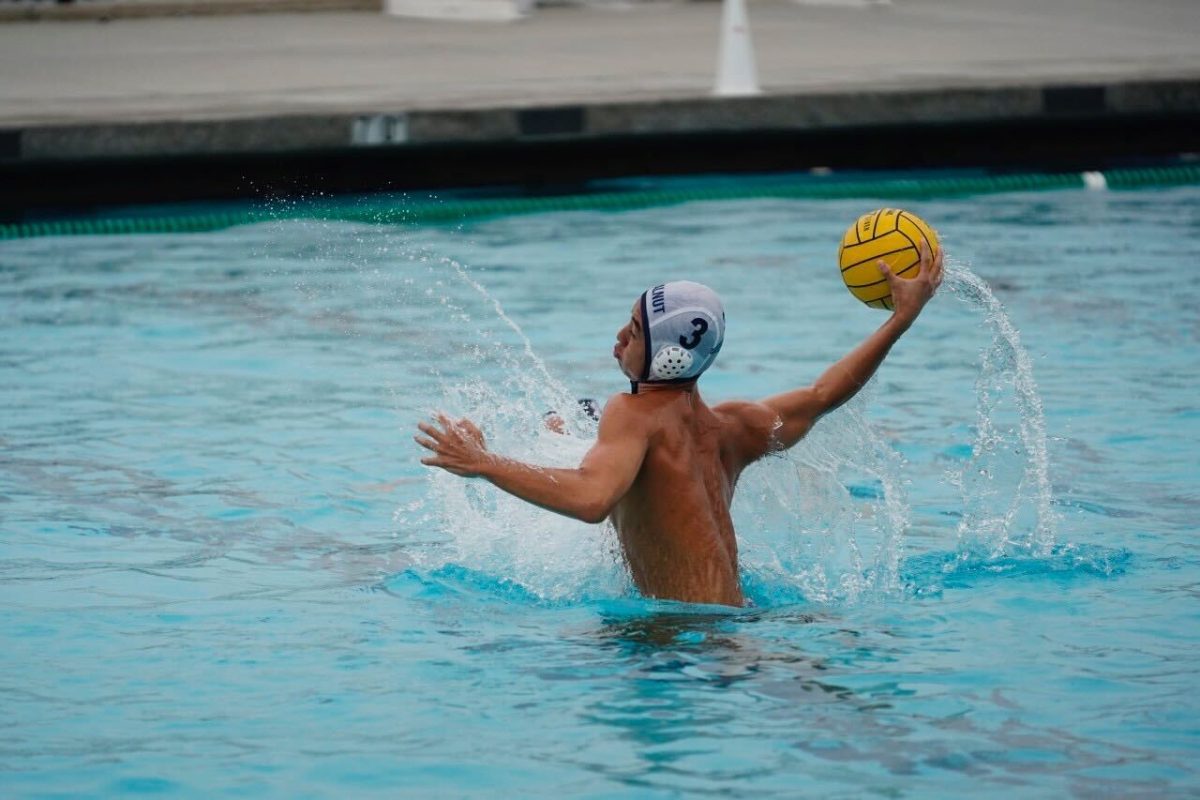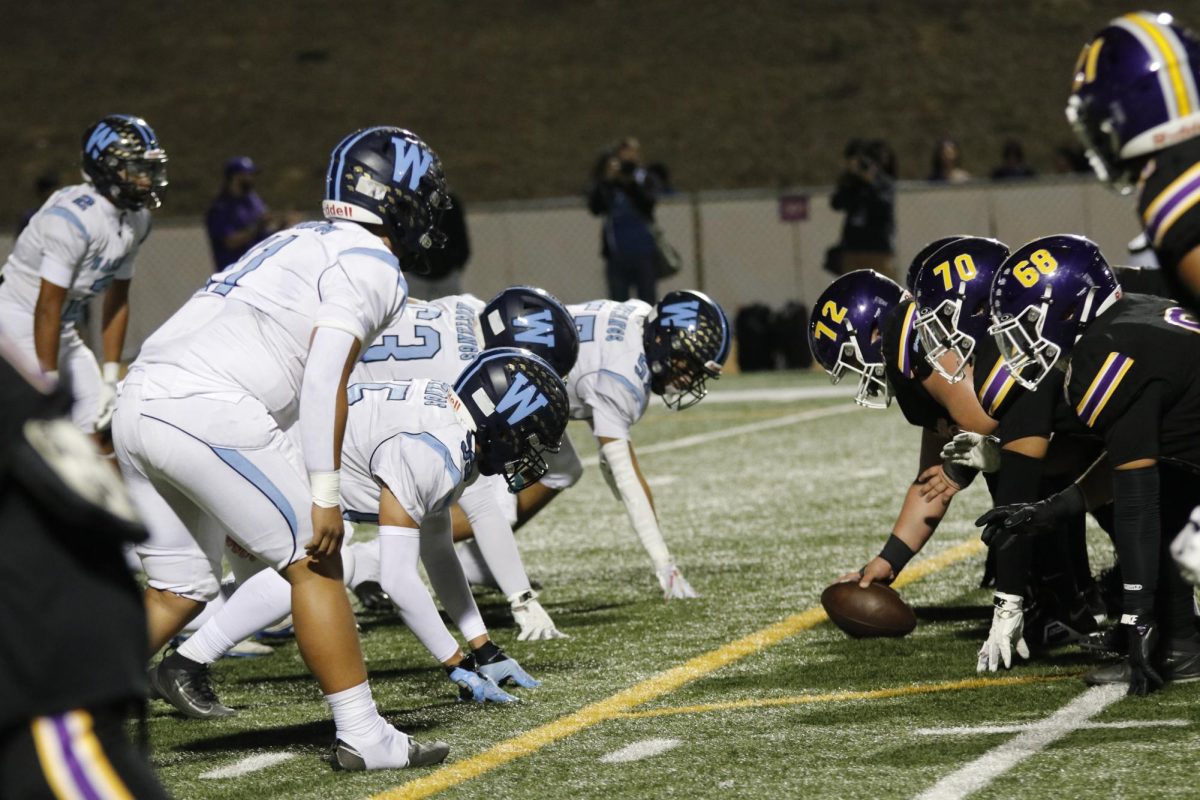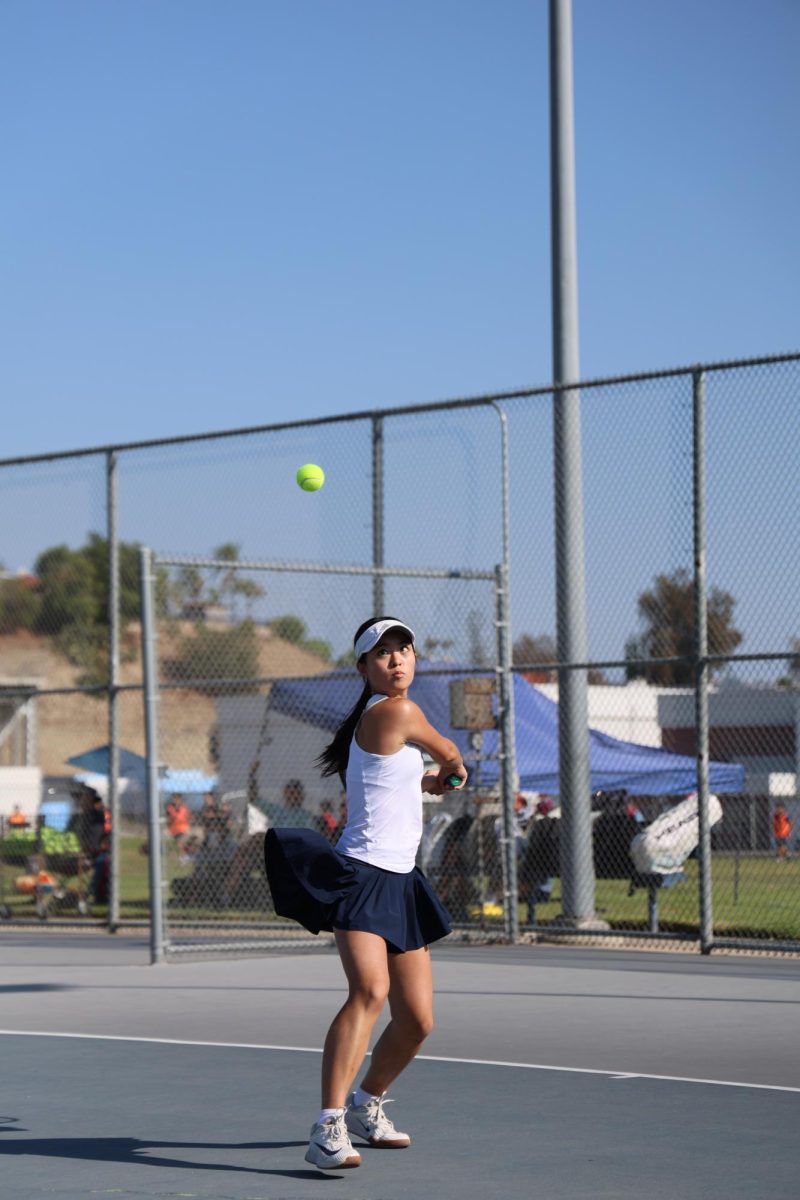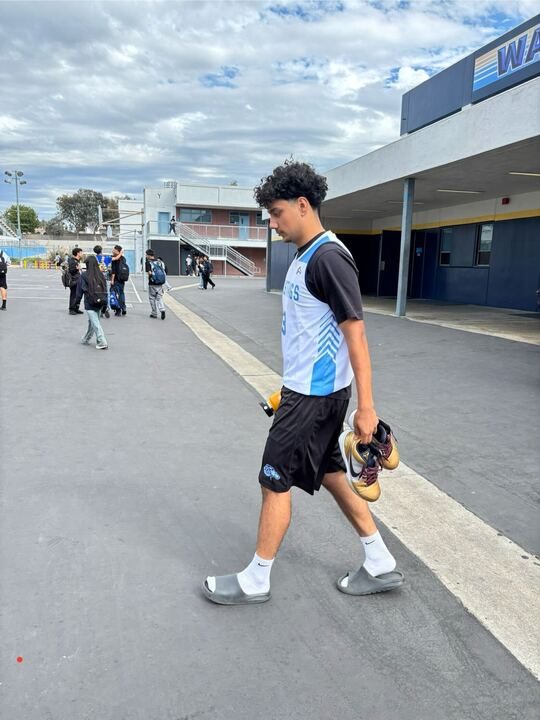While the college recruitment process varies between different sports, many athletes can all agree on one thing: it’s a competitive and complicated process.
For team sports, colleges generally scout athletes through club showcases and recommendations from coaches. Colleges will then send out questionnaires to interested athletes for their contact information. Social media also plays a crucial role in the process, as colleges watch highlights to closely assess performance. If impressed by the player’s abilities, scouts will reach out to the student either directly or through the school, inquiring when their next game is to watch the athlete play or coordinate a call to meet them. In individual sports, athletes that win highly recognized competitions like the California Interscholastic Federation (CIF) or have national ranks are typically on colleges’ recruitment lists. For Lauren Chi, specializing in triple jump and long jump, she has contacted many colleges and filled out online questionnaires.
“[The process] has been really cool. I really didn’t think I would do sports for college,” Chi said. “The coaches have been very welcoming, and I’ve met some of the teams on visits.”
Grades are also an important factor as students have to meet National Collegiate Athletics Association (NCAA) eligibility rules to accept scholarships. Students generally need to pass at least 16 approved core courses with a certain GPA. While taking the Scholastic Aptitude Test (SAT) and American College Test (ACT) are not mandatory, some colleges expect athletes to take them.
“You have to keep up your grades; [they] are important,” athletic director Jerry Person said. “If you want to go to a college, keeping a 3.0 and above is what you’re going to need. It all kind of goes on that sliding scale of how you do on your SAT, but I think [you] just got to be focused.”
Although trying to get noticed by colleges is stressful for some athletes like senior Talisa Perez, who is being recruited for soccer, it’s a rewarding process that is impactful in any athlete’s future.
“Just have patience, start emailing and get your stuff together. Have a highlight video ready, and have film to send,” Perez said. “Especially in Division I [and] II, a lot of schools are already looking at your freshman, sophomore year, so I would say start sooner. But honestly, the process is a love-hate relationship, but enjoy it as much as it could be potentially difficult.”

